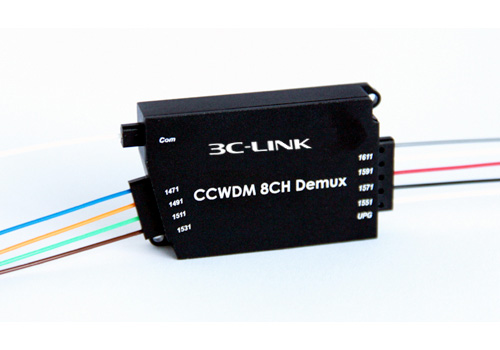Pressure continues to build for data center operators to migrate to faster applications and longer link distances. In response, infrastructure OEMs and industry standards bodies are working overtime, developing the necessary link components and performance guidelines.
Typically, the introduction of a new technology involves engineering and testing, which leads to initial market interest and standards development. Having standards in place prior to wide-scale deployment is preferred as it ensures aspects such as performance specifications and application support are clearly articulated using industry-accepted standards—but this is not always the case.
In 2016, the industry recognized and standardized wideband OM5 multimode fiber (MMF) and is now deploying it to enable improved support for applications involving multiple wavelengths. Some, however, now claim that proprietary variations of OM4 (so-called OM4+) are roughly equivalent to OM5 in supporting technologies like BiDi and SWDM4. They argue that OM4+ can support existing 850 nm applications over longer distances than OM4 or OM5. These assertions are based on a purportedly higher calculated effective
modal bandwidth (EMBc) or the purported effects of chromatic dispersion compensation.
On the surface, such claims may appear to suggest that OM4+ is equal to or, in some cases, superior to OM5. However, the analysis is based upon nonstandard measurements and performance claims. Accurately comparing the two technologies can be difficult and confusing.
This paper will look at the stated performance differences between OM4, OM4+ and OM5 and evaluate the performance claims. Specifically, we will consider optical transmission design,
inter-symbol interference and the concept of chromatic dispersion compensation as they relate to supporting higher data rates in data center applications.
BRINGING NEW TECHNOLOGY TO MARKET
During the past 30 years or so, the evolution of multimode
fiber-optic cabling for the data center has followed a fairly methodical process. Standards organizations—with representation from design and manufacturing experts—develop initial product design and proof of concept, and eventually draft and adopt industry standards that define inter-operable systems. Alternatively, a group of manufacturers may work to define proprietary multisource agreements (MSAs) that establish performance requirements and supportable distances for specific components, like optic transceivers.
To ensure data center operators and component manufacturers
are all working from the same set of industry-accepted fiber performance specifications and definitions, the vetting process of standardization is very beneficial. Optic transceivers are designed and specified to work with various standardized optical fibers. When these standards are followed, data center operators can be assured the overall application will function as expected. As a proprietary technology, OM4+ cannot provide such assurance because its specifications are not recognized by any optical fiber standards body. This prevents OM4+ from being referenced by application standards bodies like IEEE 802.3 for Ethernet and INCITS/T11 for Fibre Channel. As a result, OM4+ does not enjoy the same support from active equipment vendors as does standardized OM5.
Conversely, OM5 has gained recognition in emerging standards for Ethernet at 50 Gbps, 100 Gbps, 200 Gbps and 400 Gbps, and the emerging 64G fiber channel. A comparison of key performance metrics is shown in Table 1. Notice the OM5 metrics at 953 nm that are not specified for OM4.


